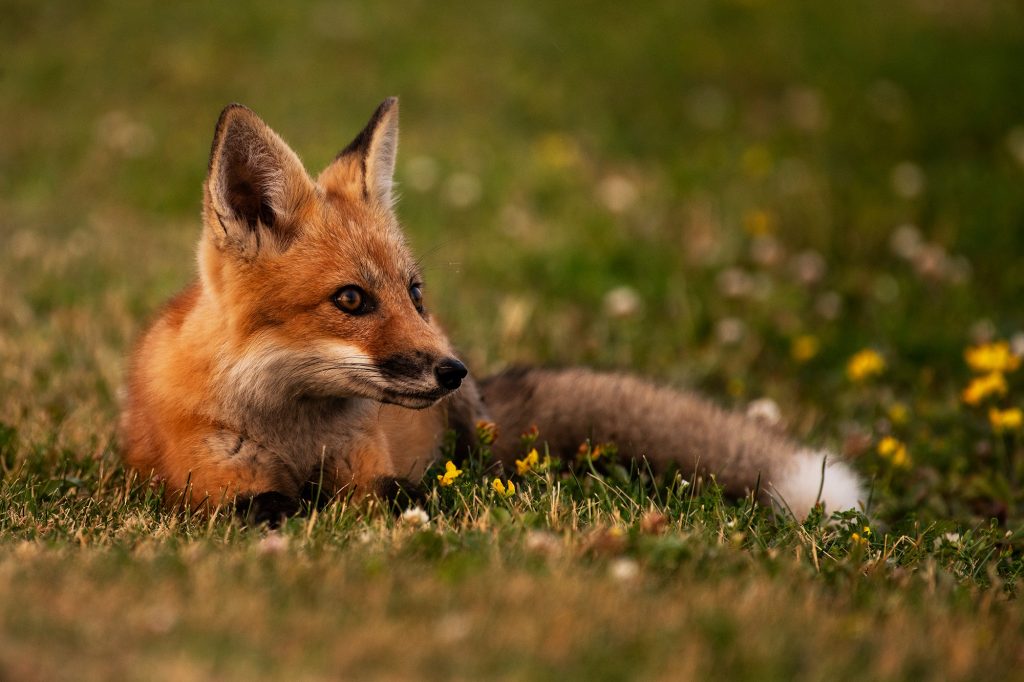
The Crucial Role of Lighting in Wildlife Photography
Wildlife photography is a captivating art form that allows us to connect with the natural world on a profound level. Every snapshot taken in the wilderness holds a story of untamed beauty and raw authenticity. While various factors contribute to creating a stunning wildlife photograph, one element stands out as a game-changer: lighting. The way light interacts with your subject can transform an ordinary image into a breathtaking masterpiece.
When it comes to wildlife photography, natural light is your best friend. The sun, that celestial painter, casts its hues on the landscape, and it’s your job to capture those moments of magic. The soft, golden light of early morning and late afternoon, often referred to as the “golden hour,” envelops your subjects in a warm embrace, highlighting their textures and contours while casting captivating shadows.
Embrace the challenge of working with the available light. Experiment with different angles to let the light sculpt your subject and bring out its unique features. Shadows can add depth and drama to your images, while backlighting can create stunning silhouettes that evoke mystery and intrigue.
While a clear blue sky can be a wonderful canvas for your wildlife photographs, don’t underestimate the power of cloudy or overcast days. Cloud cover acts as a natural diffuser, softening harsh light and reducing harsh shadows. This can be especially beneficial when photographing animals with intricate patterns or delicate features.
Moreover, cloudy weather can set the stage for moody and ethereal images, adding a touch of drama to your compositions. Be patient and wait for those moments when the sun peeks through gaps in the clouds, illuminating your subject with a gentle and enchanting glow.
Achieving the perfect exposure in wildlife photography often involves a delicate balancing act between highlights and shadows. The contrast between a subject’s bright fur or feathers and the darker surroundings can be challenging to manage. Utilize your camera’s exposure compensation to adjust the balance between light and dark areas, ensuring that your subject remains well-lit while retaining important details in the shadows.
In high-contrast situations, consider using techniques like fill flash or reflectors to add a touch of light to your subject’s shadows. This can help create a harmonious balance of light throughout your image, enhancing its overall visual impact.
Beyond simply illuminating your subjects, lighting in wildlife photography holds the power to convey mood and emotion. A shaft of light filtering through a dense forest can evoke a sense of mystery, while dappled light dancing on a serene pond can exude tranquility. Use these atmospheric lighting conditions to your advantage, telling a compelling story through your images.
In post-processing, you can further enhance the mood by adjusting the color temperature, contrast, and saturation. The interplay of light and color can help you accentuate the emotions you want to convey, ensuring that your wildlife photographs resonate deeply with viewers.
Lighting isn’t just a technical aspect of wildlife photography—it’s a transformative tool that allows you to infuse your images with life, depth, and emotion. By understanding and harnessing the nuances of natural light, you have the ability to create breathtaking visuals that transport your audience to the heart of the wilderness and foster a profound connection with the natural world. So, as you venture into the wild with your camera in hand, remember that the right lighting can make all the difference between a good photograph and an unforgettable masterpiece.